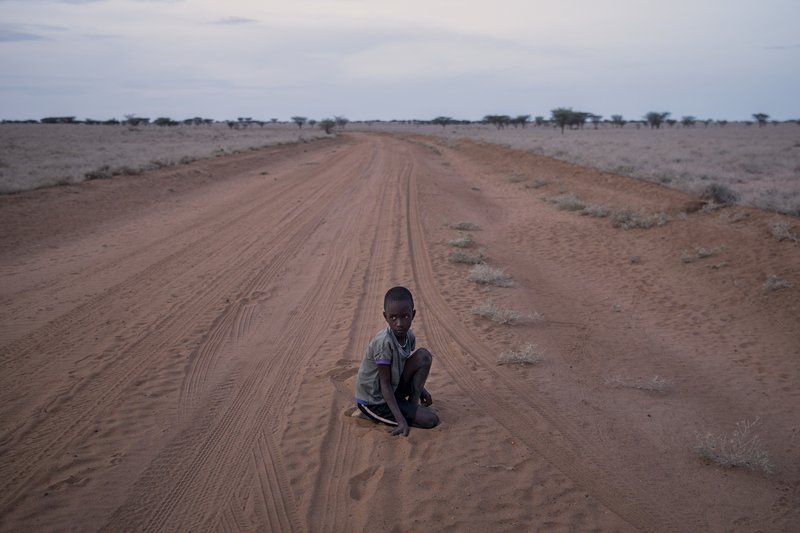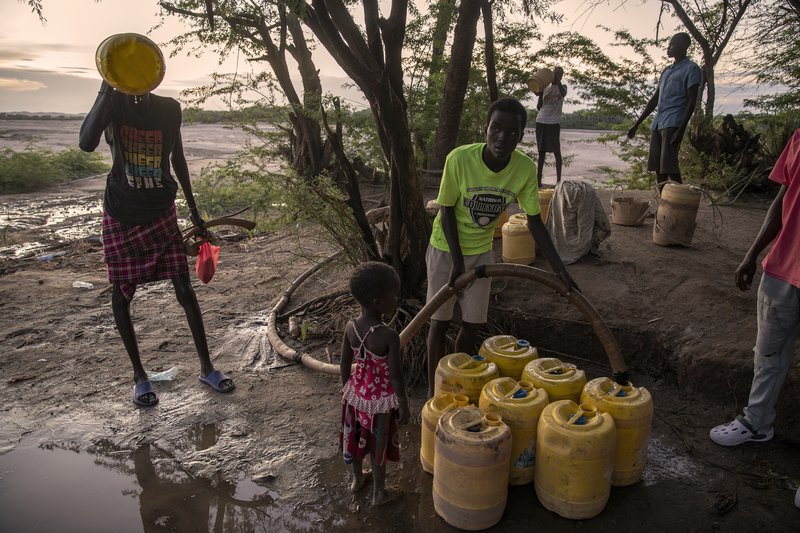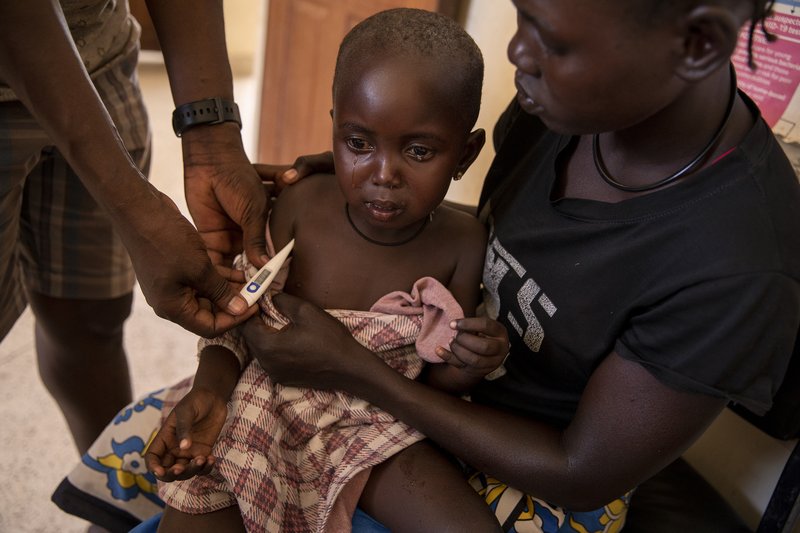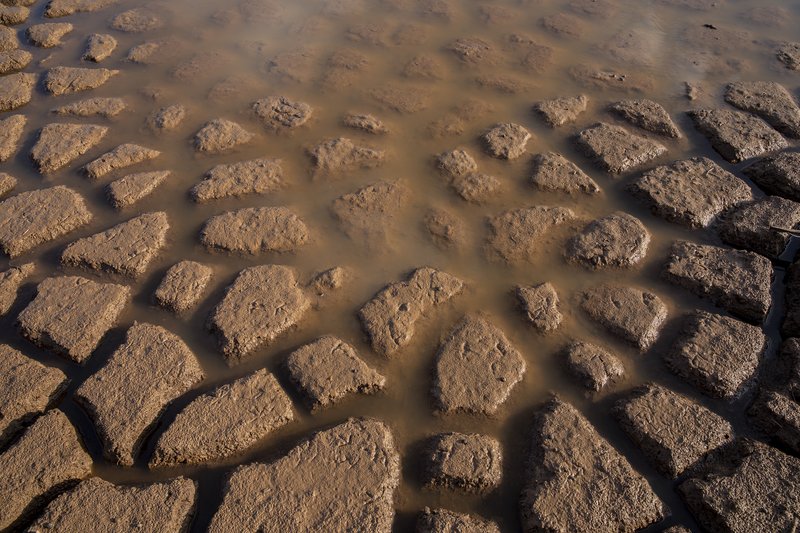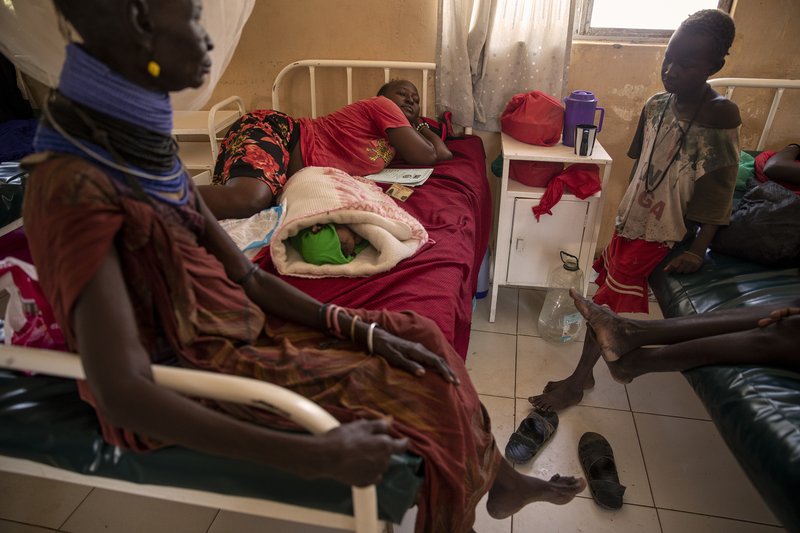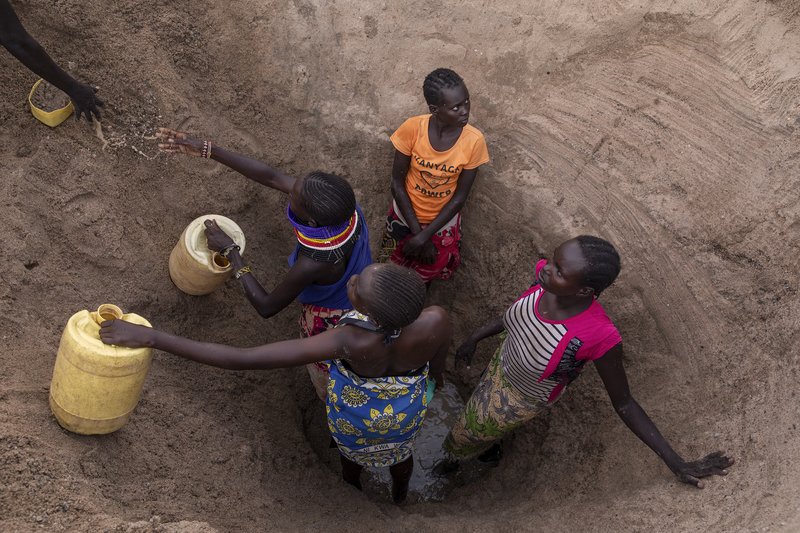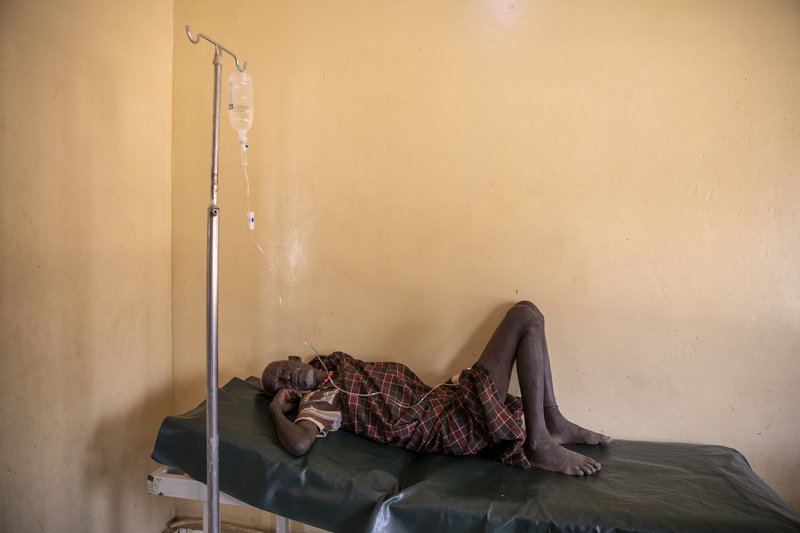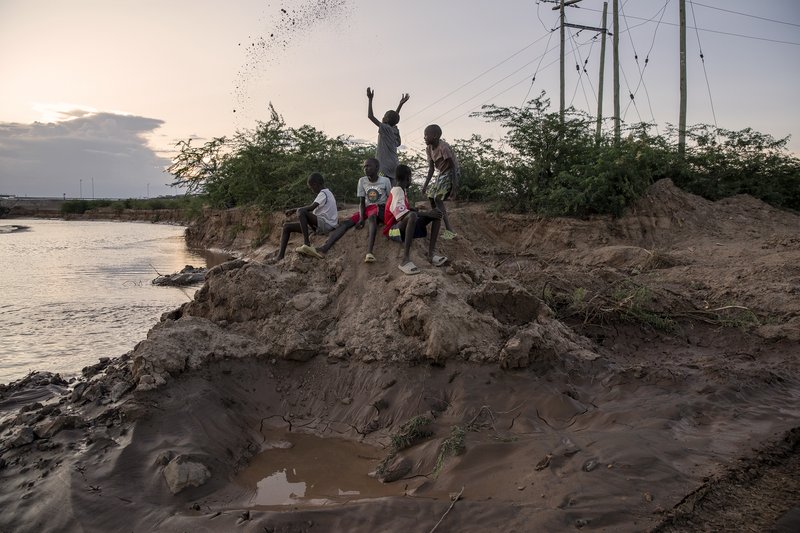Award of Excellence: Drought and water insecurity in Kenya
Drought and water insecurity in Kenya
A child sits on the street in the Katapokori village, northwest Kenya on October 16, 2024. Katapokori is one of the villages most affected by the severe drought in Kenya, that is generating food insecurity and difficult access to water. Many people are forced to drink water that they fetch from the underground, which is not clean and often causes infections or diseases. Kenya is one of the countries most affected by climate change. Drought, a phenomenon that once followed predictable seasonal cycles, has become increasingly frequent and intense. According to the United Nations, what the Kenyan people are experiencing at this historical stage is the worst water crisis in the last 40 years and is leaving millions of people without stable access to safe water sources. Rivers, lakes and aquifers are slowly drying up. Water scarcity is having devastating effects especially in arid and semi-arid regions - which represent about 80% of the national territory - where women and children are forced to travel ever greater distances every day to collect water from the subsoil, which is not clean and causes infections and diseases. The persistent absence of rain and the increase in temperatures have made the land uncultivable and compromised the food security of over 4 million people.
Alessio Paduano
